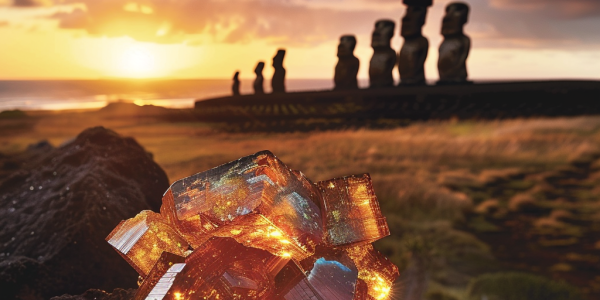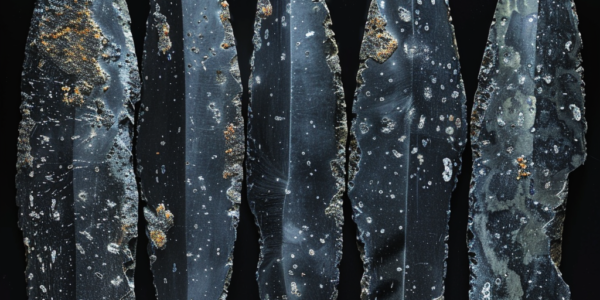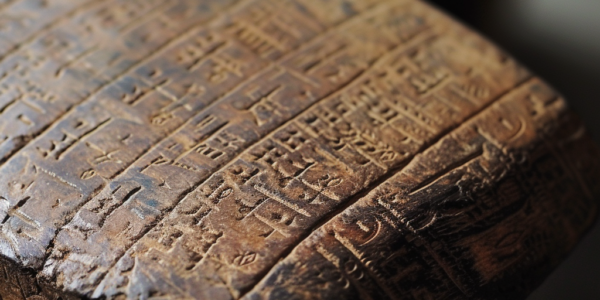Ancient Zircon Discovery on Easter Island Challenges Volcanic Activity Understanding
Recent research from Colombia’s Universidad de Los Andes reveals that zircon minerals on Easter Island date back 165 million years, challenging existing geological timelines. Led by geologist Yamirka Rojas-Agramonte, this groundbreaking study suggests a more complex history of volcanic activity and Earth’s mantle dynamics, reshaping our understanding of hotspot volcanoes and their formation.
Early Easter Island settlers had contact with South Americans, new plant study finds
A new study finds evidence that the earliest settlers of Easter Island had contact with people from South America as early as 1,000 years ago. Starch grains on obsidian blades at the archaeological site of Anakena suggest a fusion cuisine of Polynesian and South American plants. This sheds light on the early interactions and connections between the indigenous people of Rapa Nui and South Americans.
New Radiocarbon Dates on the Rongorongo Script
New radiocarbon dates on Rapa Nui’s (Easter Island) Rongorongo script shed light on the mysterious origins of the undeciphered script, suggesting potential for independent invention before the arrival of European travelers. The direct radiocarbon dating of wooden tablets preserved in Rome, Italy, revealed a mid-fifteenth century date, indicating a timeline that predates external influence. This discovery adds to the island’s history and the gradual loss of traditional culture by the end of the nineteenth century.



